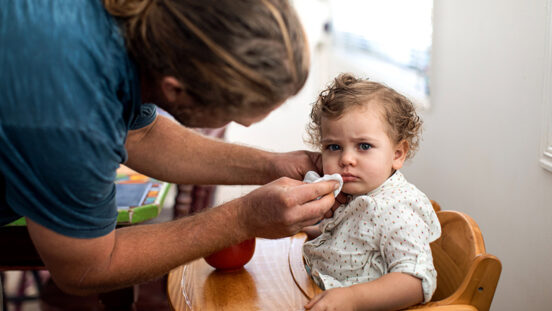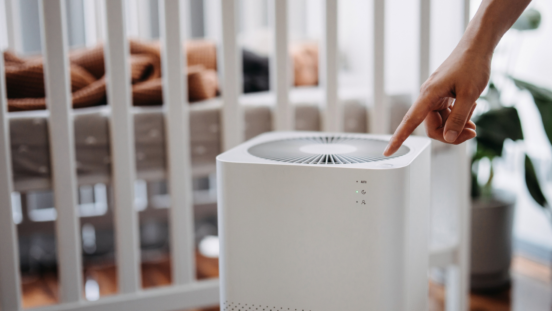Baby wipes linked to dermatitis

A common preservative used in disposable baby wipes is causing a rash of skin complaints among parents and carers, writes Amelia Bloomfield
In a research letter published in the Medical Journal of Australia, dermatologists say they have pinpointed a preservative found in many popular baby wipes as the cause of allergic skin reactions.
The preservative, methylisothiazolinone or MI, accounted for 11.3 percent of skin reactions in 353 patients seen at two skin clinics last year, a significant increase on the 8.4 percent of cases which were linked to MI in 2012 and 3.5 percent in 2011.
The data was gathered by dermatologist Dr Jennifer Cahill and her associates from the Skin and Cancer Foundation in Melbourne, where they have been routinely patch testing people with rashes for the allergy since 2011.
The widely used ingredient is designed to prevent the growth of bacteria or fungus in moist wipes and other personal hygiene products such as deodorants, shampoos, conditioners, sunscreens and moisturisers.
"MI is now the most common cause of allergic contact dermatitis among our patient population," wrote Dr Cahill in the letter she and her colleagues submitted the MJA. "The most common source of MI is disposable wet wipes, now commonly used in nappy changing."
While the findings they presented focus on skin reactions amongst carers, babies bottoms are not necessarily out of harm's way. "Ironically it is the parents who are consulting doctors with rashes on their hands," co-author Associate Professor Rosemary Nixon told AAP.
However, she warned, there may be under-diagnosis among babies as their reactions can be written off as nappy rash and they are less likely to be allergy patch tested.
In the United States, there have also been health concerns associated with the presence of MI in several popular US baby wipe brands.
Six cases of serious skin rashes in children between the ages of three and eight were screened – the skin reactions ranged from patches, swelling, blistering and crusting on hands and buttocks.
Investigators reported that MI was found in roughly half of all the wipes sold in the United States. Associate Professor Nixon estimates that the chemical can also be found in around 50 percent of baby wipes sold in Australia.
Consumers are advised to look at the ingredients in baby wipes (as Australian versions of baby wipe brands may contain different preservatives), monitor any rashes and try eliminating personal care products one by one to see if the skin rash goes away.




